Disagreements between those who support creationism and those who support the theory of evolution have been going on for decades.
The book of Genesis tells us that all of humanity is ultimately descended from just two people. Does science agree? According to the New Zealand Herald, a recent study says “maybe.”
The study was done by Mark Stoeckle and David Thaler of the University of Basel, Switzerland. They examined the “genetic barcodes” of over 5 million animals from 100,000 different species — and one of those species was humans.
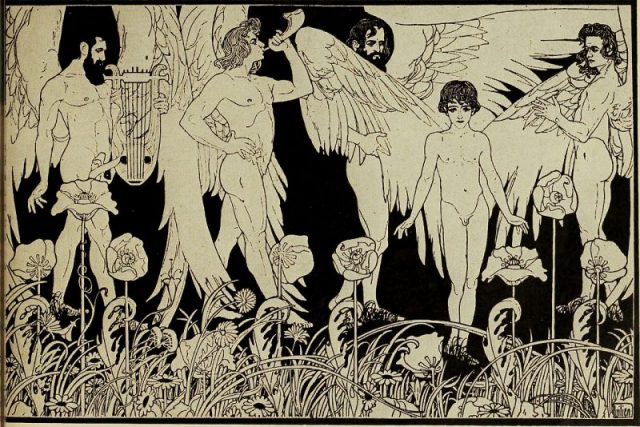
Based on those barcodes, which are really just tiny bits of DNA from the mitochondria of living cells, the researchers concluded that their data are “consistent with” the hypothesis that all of humanity are the descendants of a single pair of adults who lived 100,000 to 200,000 years ago, writes the Herald.
The study showed that there is very little genetic diversity among humans when you look at our mitochondrial DNA. Mitochondrial DNA is a part of our genetic code that is passed to us from our mothers and it doesn’t mix with our nuclear DNA, making it possible to trace a direct maternal genetic line.
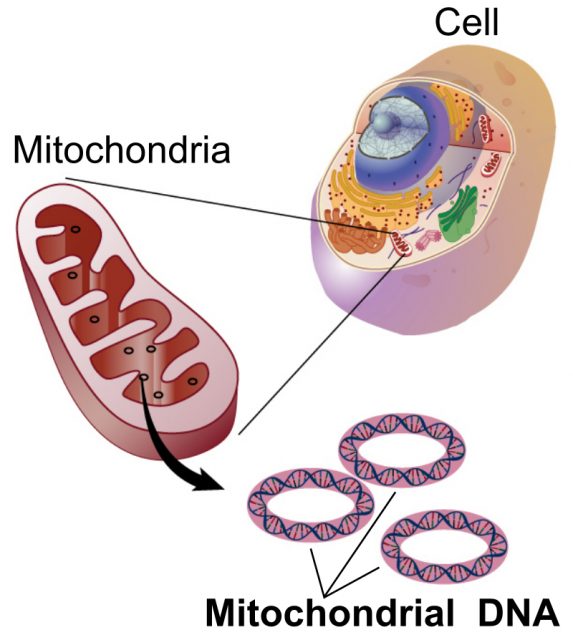
The study, published in the journal Human Evolution in May 2018, sparked news outlets to declare “All humans are descended from just two people, scientists claim.”
Looking beyond the headlines, science journalist Michael Marshall notes in an article for Forbes that “DNA barcoding is not a perfect method of identifying species, but it works pretty well.” Marshall alludes to the limitations of “drawing big conclusions from mitochondrial DNA, and especially from a single gene.”
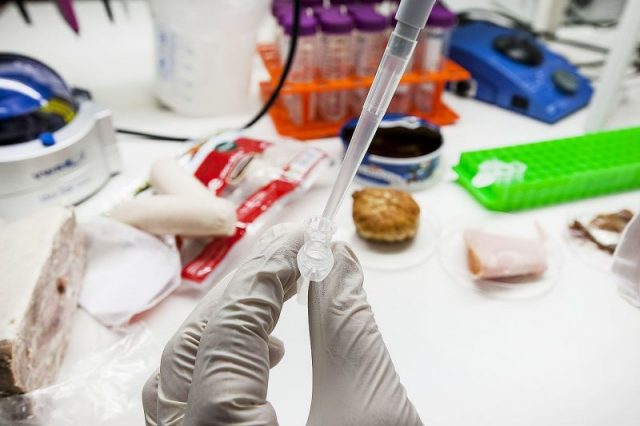
Variance in these snippets of DNA, the authors propose, suggests that the same may be equally true for 90 percent of the species on Earth. Stoeckle and Thaler report that “essentially all other animal species” that currently exist are the product of just one founding pair that all gave birth at around the same time in our planet’s history, less than 250,000 years ago.
“The conclusion is very surprising, and I fought against it as hard as I could”, said Thaler.
“At a time when humans place so much emphasis on individual and group differences, maybe we should spend more time on the ways in which we resemble one another and the rest of the animal kingdom,” observed Stoeckle.
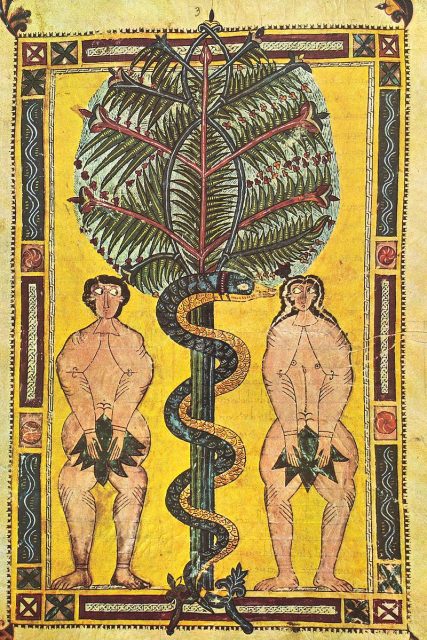
The real mystery, according to the New Zealand Herald, is how and why the human population needed to restart at all. The last event extinction event occurred over 65 million years ago, during the time of the dinosaurs. This question opens us up to the idea that maybe humans are built to periodically “reboot” — dying out, then starting again from scratch.
Marshall argues that the study’s conclusions are not so clear-cut. Indeed, as Stoeckle and Thaler themselves point out: “Many aspects of speciation are complex.”
When it comes to mitochondrial DNA, Marshall explains that as it comprises such a small percentage of our genetic material, it can give misleading ideas. One example of this is that when Neanderthal mitochondrial DNA was sequenced, it didn’t show any evidence of the interbreeding between Neanderthals and modern humans. The proof of interbreeding between homo species was evident in the nuclear genome, however.
He goes on to say that Stoeckle and Thaler’s time window of “between 100,000 to 200,000 years ago is so vague as to be meaningless.” With a time span that wide, there’s no real reason to assume there was just one catastrophic event that decimated the population, leaving one solitary Adam and Eve.
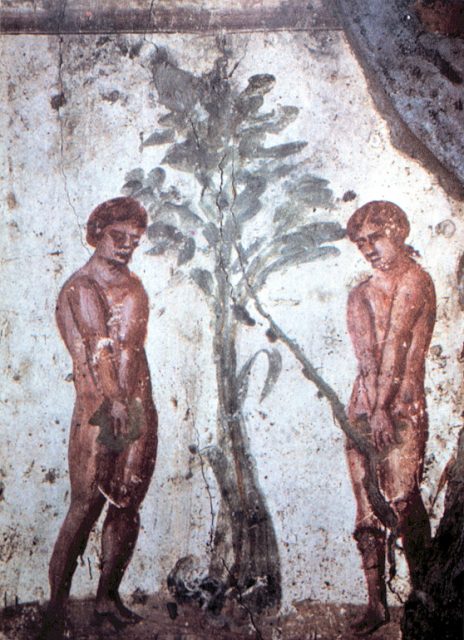
His point is that any founding pair would have been part of a larger population, and it was their offspring who had some genetic advantage that spread throughout humanity.
Most extant species are relatively new, having evolved over the last 200,000 years or so. It’s not known how long any one species usually survives, but it’s been estimated that, on average, species can last for anywhere from 500,000 to 10 million years. Given that huge range, it makes perfect sense that there would be a rise of new species since the time period the scientists examined.
Marshall’s last point is that Stoeckle and Thaler’s study isn’t consistent with our archaeological record. Fossils proven to be of our species were uncovered in Morocco in 2017, and were dated as being more than 300,000 years old.
The fossil record shows that we split from the Neanderthals 500,000 years ago, so you could argue that the human species is that old. However it is difficult to pinpoint the moment when a species is different enough to be called a new species.
Read another story from us: How to Create a Creepy Legend – Inventing and Marketing the Ouija Board
The place where science and faith bump heads continues to be fuzzy and up for debate.
